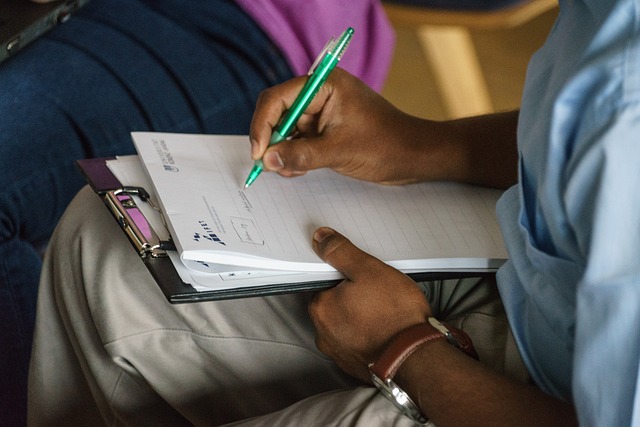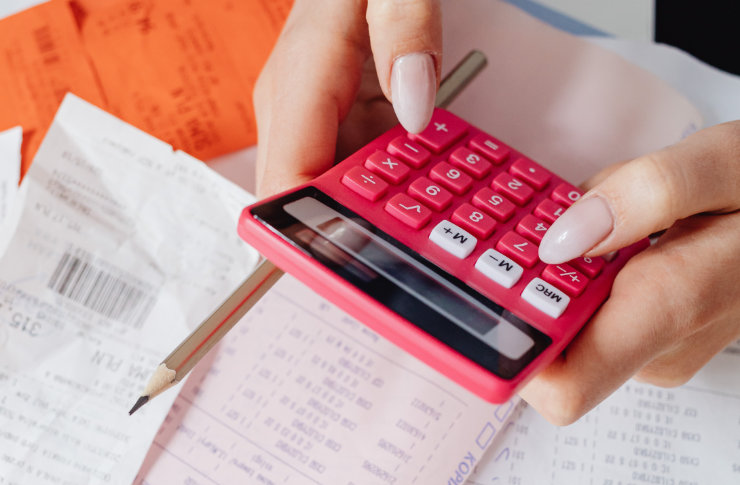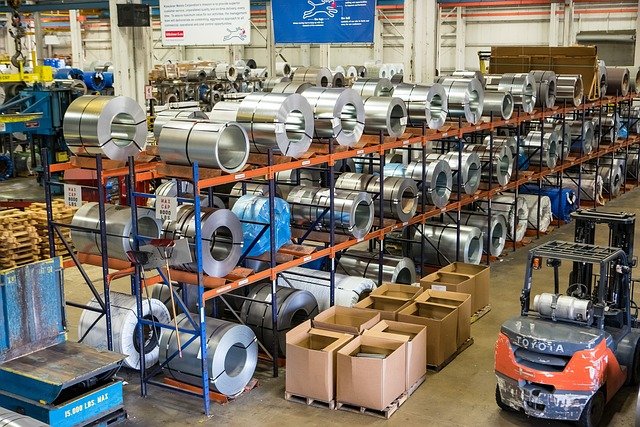Back to School Supplies Guide: School Bag, Pencil Case, Stationery
Preparing for a new school year is more than buying items; it’s about choosing supplies that support learning habits, comfort, and durability. This guide covers essential school supplies and how to pick a school bag, pencil case, and stationery items that suit different ages and routines. It also explains cost expectations and compares common product options to help families make informed choices.

school supplies
School supplies form the foundation of an organized learning experience. Essentials typically include notebooks, writing tools, folders, rulers, glue, and a basic calculator for older students. When building a list, consider the school’s provided supply list and your child’s grade level: younger children need more craft supplies, while older students require subject-specific items like graph paper or scientific calculators. Durability and ease of organization matter more than flashy features.
school bag
A school bag should balance comfort, capacity, and posture support. Look for padded shoulder straps, a supportive back panel, and multiple compartments to separate books, lunch, and electronics. Size should match the student’s body and grade level: smaller backpacks for early elementary, larger or wheeled options for secondary students carrying many textbooks. Reflective elements and a water-resistant fabric can add safety and longevity without much extra cost.
pencil case
A well-organized pencil case keeps pens, pencils, erasers, and small tools accessible during class. Soft zip pouches are light and flexible for younger students, while hard-shell cases can protect sharpeners and small calculators. Consider clear or labeled compartments to make inventory simple and teach responsibility. Stock a basic set: mechanical pencils or HB pencils, an eraser, a sharpener, a blue and black pen, and a highlighter for older students.
stationery
Stationery choices affect daily efficiency: choose paper types (lined, graph, or plain) based on subjects, and prioritize refillable planners or binders for long-term organization. Brands and pen styles vary by comfort and ink longevity—gel pens for smooth writing, ballpoints for reliability. Also include sticky notes, index tabs, and a reliable glue stick for projects. Buying in small multipacks often reduces per-item cost and ensures backups when supplies run out.
education
Selecting supplies with education goals in mind helps create positive routines. For younger students, tactile tools like manipulatives and colored pencils support early numeracy and literacy. For older students, digital considerations — a protective case for a tablet, cable organizers, and a sturdy folder for printouts — are important. Discuss study habits and involve students in selecting supplies so they feel ownership and are more likely to use items responsibly.
If you’re comparing common back-to-school products, the table below lists recognizable options, their key features, and typical cost estimates to provide a starting point for shopping decisions. These are representative examples available through major retailers and brand websites; prices vary by retailer, model, and promotions.
| Product/Service Name | Provider | Key Features | Cost Estimation |
|---|---|---|---|
| Classic Backpack (SuperBreak) | JanSport | Lightweight, single main compartment, lifetime warranty | $25–$40 |
| Heritage Backpack (Classic) | Herschel | Padded straps, front pocket, durable canvas | $40–$70 |
| All-purpose Backpack (Brasil) | Nike | Sporty design, zip compartments, water-resistant | $30–$60 |
| Hard Pencil Case | Staedtler / Kikkerland | Rigid shell, protects pens, multiple compartments | $8–$20 |
| Gel Pen Pack (G2) | Pilot | Smooth gel ink, multiple tip sizes in multi-packs | $6–$12 |
| Notebook (spiral, college ruled) | Five Star / Mead | Durable cover, reinforced binding | $2–$6 each |
| Basic Calculator (scientific) | Casio | Standard scientific functions for math classes | $10–$25 |
Prices, rates, or cost estimates mentioned in this article are based on the latest available information but may change over time. Independent research is advised before making financial decisions.
Conclusion
Choosing back to school supplies is a practical process that benefits from planning around grade-level needs, ergonomics, and durable materials. Prioritize items that support organization and daily use, involve the student where appropriate, and balance brand choices with your budget. Thoughtful selection of a school bag, pencil case, and basic stationery can reduce replacement needs and help students start the year prepared.






